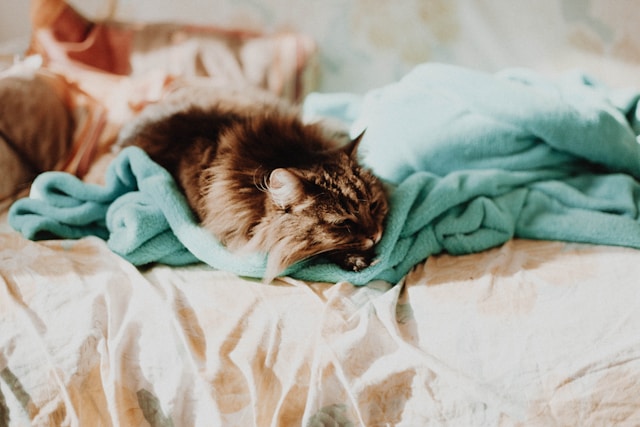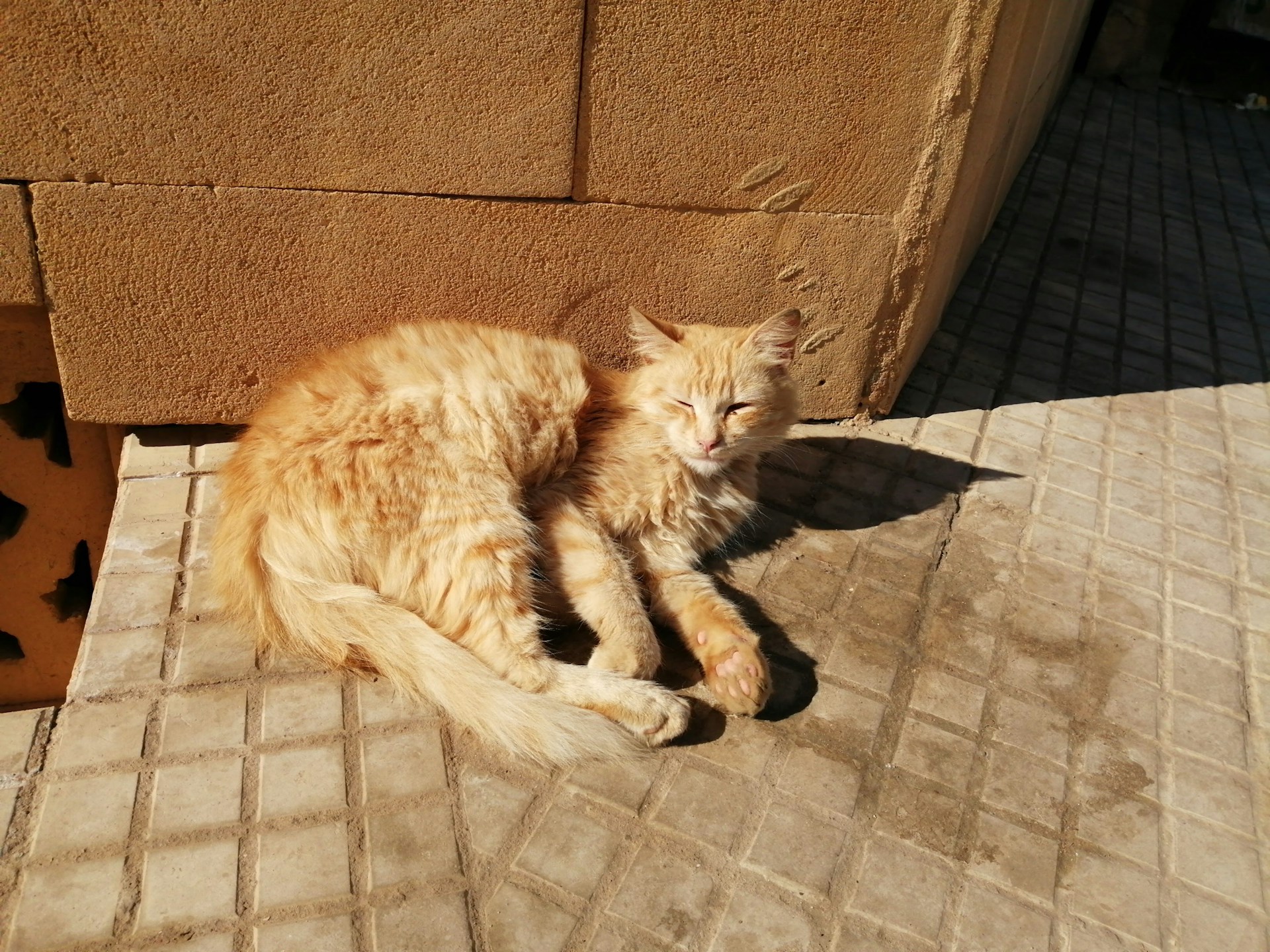5 Painful Conditions Cats May Suffer From

Keeping an eye on behavioral changes and seeking veterinary care quickly can make a big difference in your cat's well-being.
Here are five conditions that can cause significant pain in cats:
Feline Lower Urinary Tract Disease (FLUTD)
This condition affects the bladder and urethra, often causing painful spasms, inflammation, and even bloody urine. FLUTD can result from bacterial infections, bladder stones, or idiopathic cystitis (a condition with no known cause). Stress and anxiety are common triggers.
Signs to Watch For:
-
Straining or frequent attempts to urinate
-
Urinating outside the litter box
-
Excessive licking of the genital area
-
Crying or vocalizing while urinating
-
Bloody or tiny amounts of urine
Treatment:
Your vet may recommend pain relief, a switch to canned food, and strategies to reduce stress at home. Diagnostic tests like a urinalysis or X-rays may also be needed. Maintaining a consistent routine and providing a calm space for your cat can help manage anxiety-related symptoms.
Arthritis
Arthritis causes joint inflammation, making movement painful and difficult. While it's more common in older cats, younger cats can also develop arthritis due to injury or autoimmune disorders.
Signs to Watch For:
-
Stiffness or trouble moving
-
Difficulty jumping or climbing
-
Eliminating outside the litter box due to discomfort
-
Muscle loss and joint swelling
Treatment:
Diagnosis typically involves a physical exam and X-rays. Treatment options include pain medication like gabapentin, joint supplements, or anti-inflammatory drugs (under strict veterinary supervision). Cats don't tolerate human medications like aspirin, so only use what your vet prescribes.
Oral Disorders
Dental issues like oral ulcers, stomatitis (mouth inflammation), and resorptive lesions (deteriorated teeth) are common in cats but often go unnoticed. These conditions can be extremely painful and affect eating habits.
Signs to Watch For:
-
Bad breath
-
Drooling excessively
-
Teeth grinding
-
Red gums or trouble swallowing
-
Loss of appetite
Treatment:
Routine dental cleanings are essential. Severe cases may require tooth extractions or medication to manage pain and inflammation. If your cat has dental problems, a temporary diet change may help until their condition improves.
Corneal Ulcers
Damage to the cornea can result in painful ulcers, often caused by infections, scratches, or embedded foreign objects.
Signs to Watch For:
-
Squinting or pawing at the eyes
-
Watery or red eyes
-
Sensitivity to light
-
A cloudy or filmy appearance over the eye
Treatment:
After an eye exam, your vet might recommend antibiotics or medications to relieve pain and inflammation. In severe cases, surgery may be needed to treat deep ulcers.
Femoral Artery Thrombosis
This condition occurs when a blood clot forms in the heart and travels to the hind legs, blocking blood flow. It often indicates advanced heart disease and causes intense pain or even paralysis in the rear legs.
Signs to Watch For:
-
Difficulty walking or dragging hind legs
-
Cold rear paw pads
-
Increased vocalization from pain
Treatment:
Blood thinners may help dissolve clots or prevent new ones. However, cats with this condition often face ongoing complications from heart disease.
Final Thoughts
Regular check-ups and noticing subtle behavioral changes are key to identifying these painful conditions early. If your cat shows any of these symptoms, don't hesitate to consult your veterinarian. Prompt care can greatly improve your cat's quality of life.
Get insurance plans with wide-ranging coverage options













